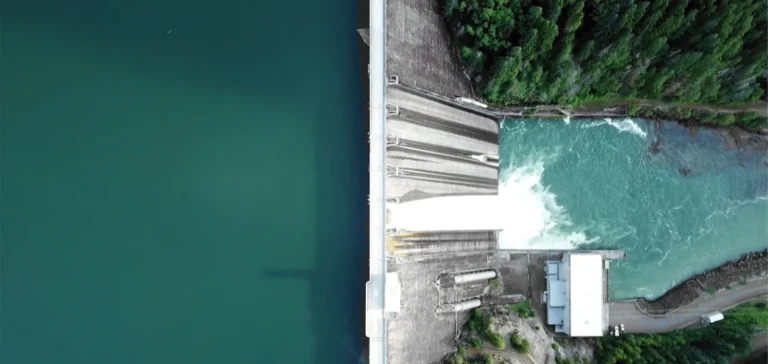Le groupe panafricain Axian poursuit le déploiement de sa stratégie énergétique sur le continent avec un investissement majeur à Madagascar. L’entreprise conduit, aux côtés d’Électricité de France (EDF) et de la plateforme d’investissement Africa 50, le projet de barrage de Volobe, d’une capacité de 120 mégawatts. L’opération représente un montant estimé à $670mn et s’inscrit dans les efforts visant à améliorer la couverture électrique dans un pays où seuls 15 % des zones rurales sont connectées au réseau national.
Un chantier ancien qui entre en phase opérationnelle
Détenu par la famille Hiridjee, le groupe Axian est implanté dans 18 pays d’Afrique et de l’océan Indien. Le président-directeur général Hassanein Hiridjee a indiqué que le projet de Volobe, lancé il y a plus de dix ans, devrait livrer ses premiers kilowattheures d’ici à 2030. Les tarifs négociés permettront à la compagnie nationale Jiro sy Rano Malagasy (Jirama) de mieux équilibrer ses comptes, alors que la société publique vend actuellement l’électricité à perte en raison de sa structure tarifaire réglementée.
Marqué par des pénuries chroniques d’eau et d’électricité, Madagascar traverse une période de contestation sociale accrue. Des manifestations ont éclaté fin septembre dans plusieurs villes du pays, exprimant une défiance envers la gestion des services publics. Les responsables du groupe insistent sur la nécessité d’un climat social stable pour garantir le bon déroulement des projets privés dans le secteur énergétique.
Des solutions adaptées à la ruralité malgache
Parallèlement au projet de Volobe, Axian développe des solutions décentralisées pour atteindre les foyers éloignés du réseau national. Les mini-grids, réseaux électriques autonomes alimentés notamment par l’énergie solaire, permettent de connecter plus d’un demi-million de personnes. Ce système repose sur des abonnements prépayés via téléphone mobile, avec une flexibilité de paiement à la journée, à la semaine ou au mois.
Le groupe, à travers sa filiale Axian Energy, mène également des chantiers énergétiques dans d’autres pays africains. Des centrales solaires sont en cours de construction au Bénin et au Sénégal. Axian poursuit en parallèle une politique active d’acquisition d’actifs énergétiques sur le continent, en misant sur une croissance par intégration verticale.
Des freins structurels liés au coût du capital
L’un des obstacles majeurs identifiés par le groupe reste le coût élevé du financement en Afrique. Hassanein Hiridjee déplore des taux d’intérêt atteignant parfois 12 %, freinant la rentabilité des projets et la compétitivité des prix proposés aux consommateurs. Il appelle à une implication plus active des bailleurs de fonds pour soutenir les investissements structurants dans le secteur.
Axian a déclaré un chiffre d’affaires de $2.7bn en 2024, confirmant sa position parmi les principaux acteurs privés du secteur énergétique sur le continent africain. Le projet de Volobe représente une étape importante de sa stratégie d’expansion dans les infrastructures critiques.






















